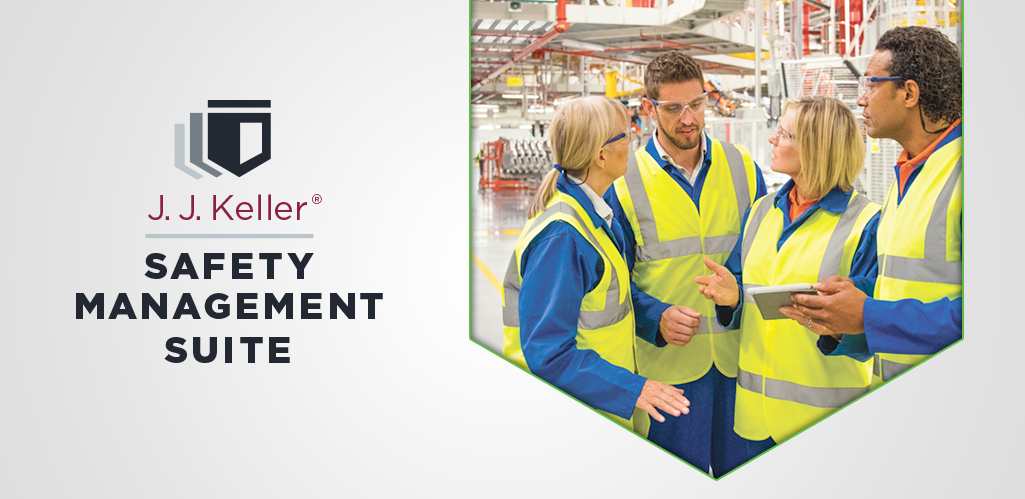
Developing a lockout/tagout program is easier said than done.

Small businesses often find it difficult to execute PSM.

How do you manage the decision-making of large groups of employees working in risky environments, and can you give away the necessary rights to those closest to work to make critical choices in how they work?

In this digital world, companies are beginning to integrate wearable technologies and data science into their EHS programs to improve worker safety.

Mounting research shows that both job rotation strategies are, at best, ineffective in reducing MSDs in the workplace.

Following the regulations and staying in compliance are important, but we know you want to go beyond minimum requirements to keep your employees safe.

Natural light in the workplace affects a number of health aspects like mood, sleep, vitamin D levels, and eye health--and it heightens productivity levels.
Health officials remind people to follow safe and sanitary practices when preparing food for holiday gatherings, and food borne illnesses are not out of the realm of possibility.

Work-related stress affects 83 percent of employees, yet many companies are not treating this as a health issue.
Violence in the workplace is an unfortunately common experience for many health care workers, and until now, there was no law protecting their safety. Now, a passed House bill might change that.

We asked 20 safety and health leaders from various industries to give us their predictions on the trends they see most affecting occupational health in 2020 and beyond. After talking to these subject matter experts, we noticed several themes emerge.
Recent data suggests that workplace violence and harassment is on the rise for nurses, but most nurses would pick the same career again and again.

With winter comes a whole new set of risks people should be aware of on and off the job. OSHA has outlined a handful of winter hazards and tips on how to protect workers as the seasons change and winter approaches.
One recent survey shows that most Americans feel pressure to show up to work sick.

Successful cultures of safety are not ashamed of near misses.